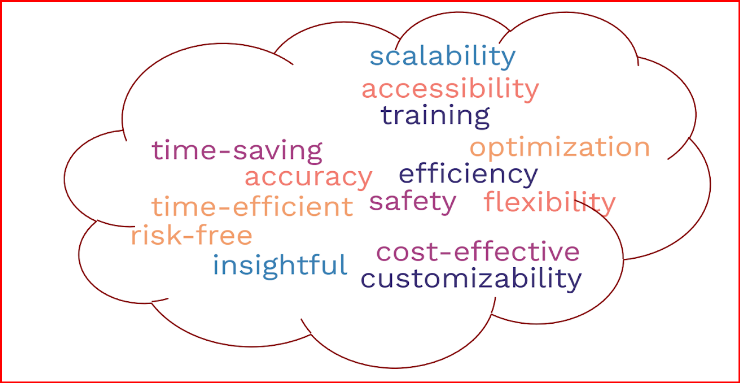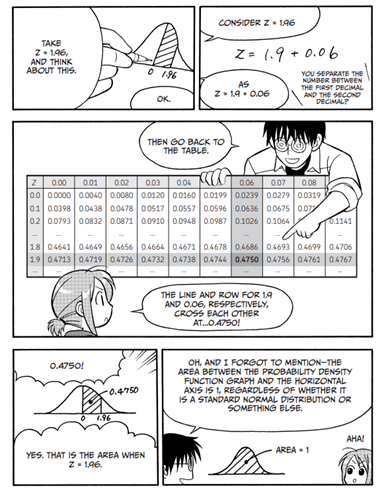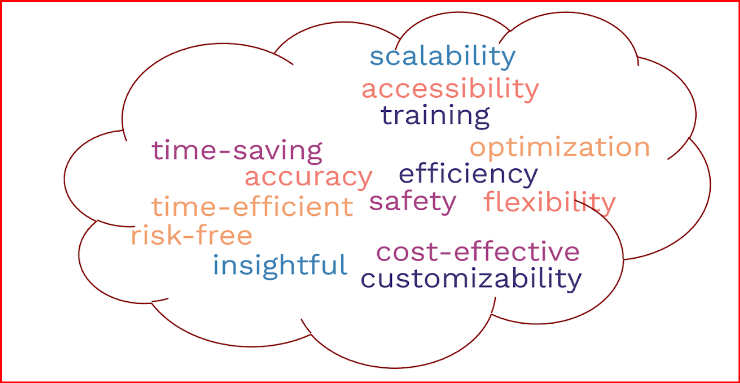

Welcome to the Simulation Study Interest Group
By Samadhi Thara
19th June 2023

Visual Consistency and Realism
The Unreal engine is renowned for creating visually stunning games with realistic environments with its powerful rendering capabilities, photorealistic graphics, dynamic lighting, lifelike simulations and high-quality asset library. On the other hand, Unity Engine offers a versatile range of visual styles, from charming 2D aesthetics to visually appealing 3D worlds. However, it may require more effort and expertise to achieve the same level of visual quality as Unreal Engine.
Development Workflow and Usability
Unreal Engine's blueprint visual scripting system steals the spotlight, allowing designers and artists to bring their ideas to life without extensive coding knowledge. Unreal Engine also provides full support for C++, which offers powerful control and performance but can be more complex for beginners. Unity Engine uses C#, a programming language with a strong ecosystem and extensive documentation as its primary scripting language. Meanwhile, Unity's drag-and-drop functionality, asset integration, and code flexibility offer a balance between performance and ease of use, making it well-suited for game development.
Platform Compatibility and Deployment
Both engines deploy cross-platform support which enables the creation of games and applications for a wide range of platforms, including PC, Mac, consoles (such as PlayStation, Xbox, and Nintendo Switch), mobile devices (iOS and Android), web browsers, and even emerging technologies like AR and VR. Target platforms, specific project requirements, and the development team's familiarity with the engine are the main factors that should be considered when choosing between Unity and Unreal Engine for cross-platform development.
Community and Support
A thriving community and a rich ecosystem are invaluable resources for developers. Both Unreal Engine and Unity have large and active communities of developers, artists, and enthusiasts who share knowledge, tutorials, resources, documentation, and numerous forums. The Unity community is known for its large size and accessibility, while Unreal Engine's community is recognized for its dedication and collaboration.
Licensing and Cost Considerations
Unity offers a range of licensing options, including a free version called Unity Personal, and subscription versions called Unity Plus and Unity Pro. It also offers enterprise licensing for large-scale projects and organizations with specific requirements. Unreal Engine is free to use and there is no upfront cost or subscription fee to access the engine's features. It uses a royalty-based model. Epic Games, the company behind Unreal Engine, also offers custom licensing options for larger-scale projects or organizations.
When Choosing between Unreal Engine and Unity Engine, it is important to evaluate the above points based on your specific project requirements, team expertise, and long-term goals. Ultimately, the choice between Unity and Unreal Engine will depend on how well each engine aligns with your project's needs and your team's capabilities.
By Hashan Ruchira
13th June 2023




WELCOME TO THE SIMULATION STUDY INTEREST GROUP
By P. P. G Dinesh Asanka
12th June 2023
 We at the Department of Industrial Management initiated a study interest group to focus on building a simulation platform targeting ICT education. Right now, we do not have specific objectives, but the main goal is to develop a simulation platform/tool. At the moment, we are exploring the options and we are meeting every Monday afternoon.
We at the Department of Industrial Management initiated a study interest group to focus on building a simulation platform targeting ICT education. Right now, we do not have specific objectives, but the main goal is to develop a simulation platform/tool. At the moment, we are exploring the options and we are meeting every Monday afternoon. 
